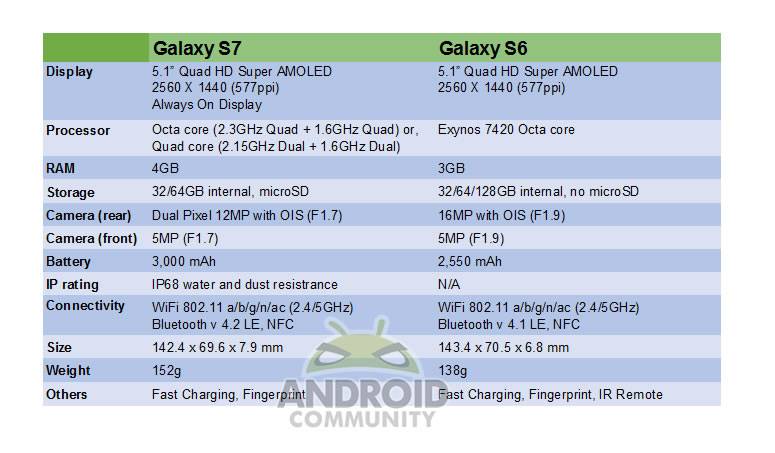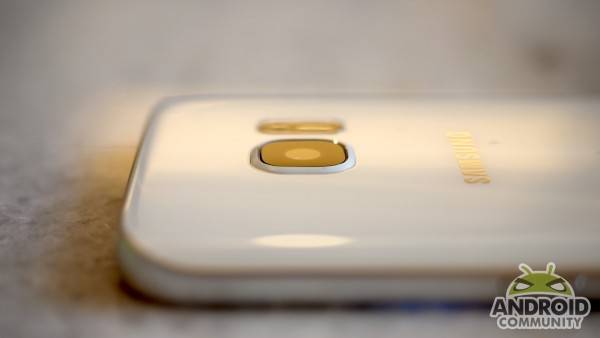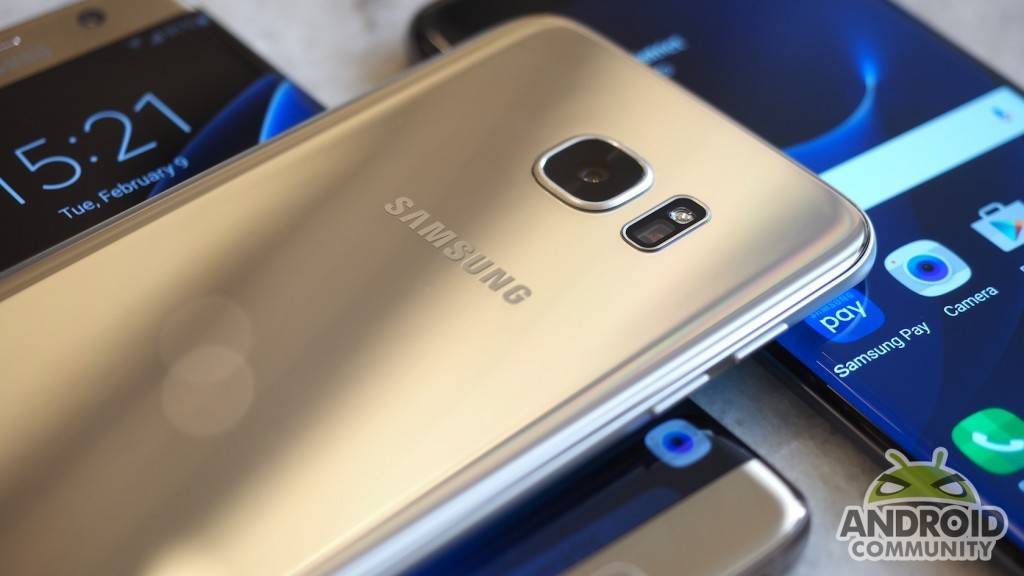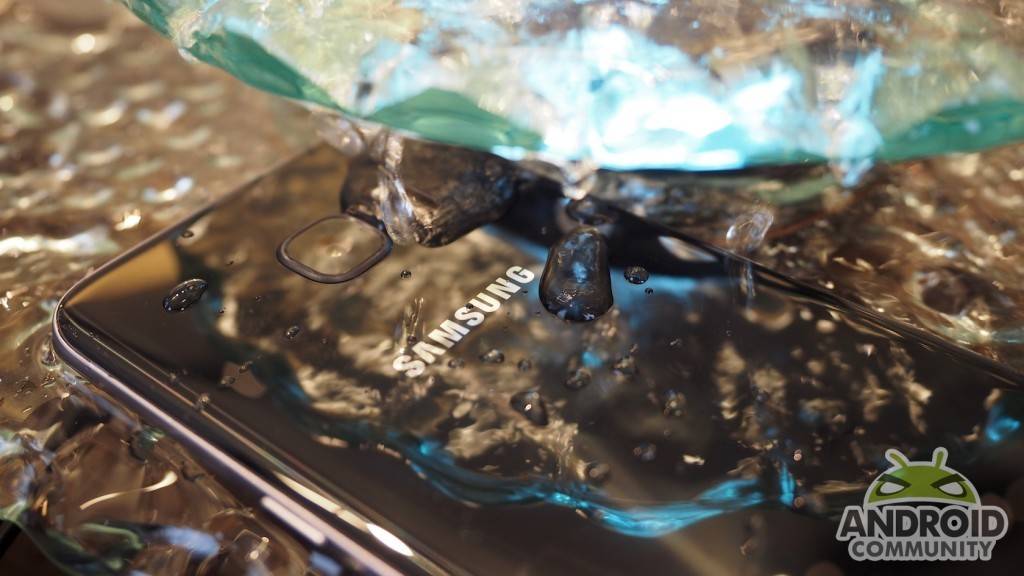
Now that this particular cat is out of the bag, we can now go into the nitty gritty of Samsung’s new flagship, the Samsung Galaxy S7. Specifically, we want to know just what we’re getting if we’re forking out flagship level pricing for this shiny new piece of technology, and if there’s a major difference from the last piece of shiny new Samsung technology that we have – namely the Samsung Galaxy S6.

Display
We go for the most obvious first, that thing that you look at most on your smartphone – the display. Samsung went for a wonderful QHD (2560×1440) display for the Galaxy S6 and it was a definite success – one of the best displays we’ve ever seen so far. Colors were deep as they were rich, and the rendering of images was almost life-like on that screen. Is the Galaxy S7’s screen a major improvement on this?

Truth be told, it’s pretty difficult to top what is an already great display. The Galaxy S7 also packs a 5.1-inch QHD screen, and in our hands-on, the screen was great where and when it mattered. So the answer is – you’d be hard pressed to find an improvement in the display. Maybe you can count the “Always On” display technology – similar to the tech on the new announced LG G5 – as an improvement. The feature allows a relatively small number of pixels to remain on even when the device is asleep, displaying time, date and notifications. Since the Galaxy S7 employs an AMOLED screen, the impact on battery life should be negligible.
Physical Design
The design of the phone itself is one of those things rarely mentioned when a consumer goes to buy a phone, but is one of the major things to actually consider for daily use. Samsung made a radical change on the design of the Galaxy S6 (well, radical for them, as the Korean company is pretty conservative in design) – they went with an aluminum body housed in stylish glass, a strong separation from the Galaxy S5 before it. But in doing so, the Korean company also decided to do away with the removable battery (because of the glass casing), and the kicker – no microSD expansion. This polarized the Samsung fanbase.

The Galaxy S7 is also housed in aluminum and glass, very similar to the Galaxy S6. But there are crucial differences – the battery is still not removable, but Samsung listened to the crowd on the microSD expansion. The Galaxy S7 has a microSD slot (and the micro SIM slot) cleverly placed on the top portion of the phone. Also, the camera bump on the back has benefited from leading edge technology – a smaller, more compact camera module has seen the bump reduced so that the phone can almost lie flat on its back.

Also, the ergonomics of the phone has been improved with the back design employing a rear panel that curves towards the frame, making the phone easier to hold. The Galaxy S7 is also marginally thicker than the Galaxy S6, but that is a good thing in this case, as it brings you a more powerful 3,000mAh battery compared to the 2,550mAh battery on the S6.
Performance and Specs
Ah, we now get to the stuff under the hood – the sexy specs that we love to discuss. Immediate caveat – we have no benchmark numbers yet to back up these claims, just the information from the chipset makers – in this case, Qualcomm. The Galaxy S6 employed the Exynos 7420 when it controversially ditched the Snapdragon 810 which was then plagued with overheating issues. But that wasn’t totally a bad thing – the Exynos processor was competent and gave last year’s flagship device some flagship level speed. The latter part of 2015 saw Samsung make up with Qualcomm and now we see the new Galaxy S7 sporting the much-hyped Snapdragon 820.
Benchmarks aside, a current generation processor and an extra gigabyte of RAM – 4GB compared to the 3GB on the S6 – the Galaxy S7 is certain to be better performing than the S6. But just a note of care on that statement – the difference in performance is unlikely to be noticeable between the two phones. The Galaxy S6 is a speedy little smartphone in itself, and we suspect that users will again be hard-pressed to feel the difference between these two smartphones during daily use.
The benchmark numbers will come soon enough, and they will tell us just how much the performance has improved between the S6 and the S7. But practically, we doubt if anyone could feel the difference.
Software
In Samsung’s defense, it has progressed a lot with the infamous TouchWiz UI on the Galaxy S6. Compared to the versions before it, the S6 had the “cleanest” version of TouchWiz ever seen on a smartphone – clean meaning that it had less bloatware. On the surface, the Galaxy S7 uses a TouchWiz UI very much identical to that on the S6 Edge+ and Galaxy Note 5 – all based on Android 6.0 Marshmallow. All evidence points to the Galaxy S7 functioning on software basically similar to those devices. And once the Galaxy S6 receives its own Marshmallow update, it should be more or less similar.
Camera
The Samsung Galaxy S6 line had one of the best performing cameras around, but Samsung seems to have put one over that in the Galaxy S7. On show is Samsung’s “Dual Pixel” technology, which means that for every pixel in an image, there are two light-sensitive photodiodes working together. The result is faster focus speed, around four times faster in low-light conditions than on the S6.

You can argue that the S7 has lower pixel count (12MP) compared to the 16MP on the S6. But Samsung is bullish that its new pixel technology, combined with a bigger lens aperture (f/1.7 from the S6’s f/1.9) will result in much better pictures.
Other features, pricing, conclusion
It should be noted that both phones will have very similar fast charging and fingerprint sensor features. The one thing that was left out of the Galaxy S7 is the IR blaster, because that’s where the microSD slot now resides – so no remote controls for you on the new flagship. Also, another subtle addition is the IP68 water and dust resistance, where the S7 takes on some of the Galaxy S Active product line’s features, but was not in the Galaxy S6 at all.

Overall, the Samsung Galaxy S7 has some key (though subtle) improvements from the Galaxy S6 – first of which is the return of the microSD slot. But will that be enough justification to jump from the S6 to the S7, taking into consideration the pricing which is not official yet, but should run very near USD$700? In our opinion, the differences are too subtle to ruin your savings over. But hey, that’s just us.










I don’t see a reason to upgrade. To me like the writer. It’s an S6 with a faster focus on he camera and an SD Card slot.